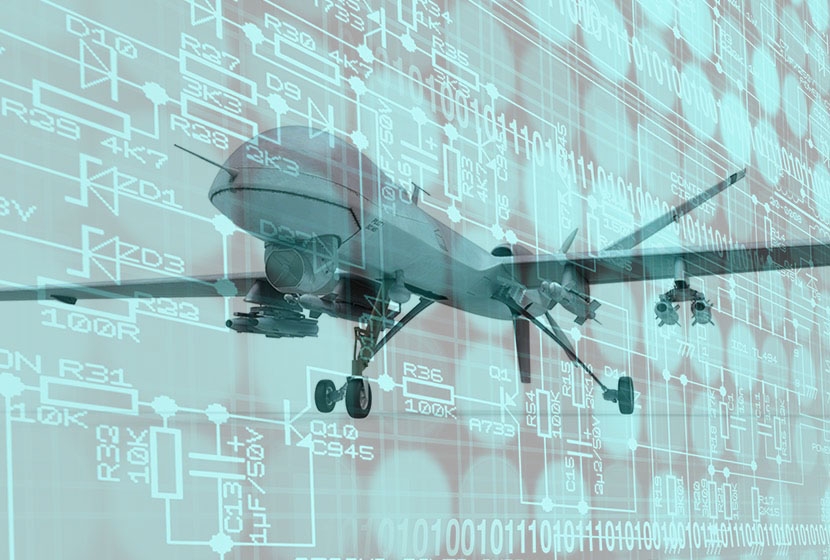Autonomy & Decision Making: Pilot Rule Based Systems.
Autonomy & Decision Making: Pilot Rule Sets
The purpose of this study was to generate a set of piloting rules and behaviours that could be incorporated into an expert rule base system for use on UAS platforms.
Sets of vignettes to cover rules for emergency management, responding to events both on board and off-board the UAS were studied, including selection criteria for alternate airfields.
The study captured rules that could be incorporated into software expert rule-based systems, and a number of rule base solutions were investigated and reported on.
Off-Board Factors
We studied off-board factors such as airfield issues and weather which would trigger the need for a diversion to an alternate Airfield. In presenting the analysis, each identified event or ‘vignette’ was presented to show how the pilot in a conventional aircraft would be made aware of the contributing factor, and what top level generic actions the pilot would then complete.
On-Board Factors
We studied on- board factors (electrical & mechanical failures etc) which would trigger the need for a diversion to an alternate Airfield. In presenting the analysis, each identified event was presented to show how the pilot in a conventional aircraft would be made aware of the contributing factor, and what top level generic actions the pilot would then complete.
Alternate Airfield Selection
This report also considers the criteria such as weather and runway attributes that are traded against each another when choosing between potential alternate airfields, assuming a new choice must be made during the flight. The analysis was also cross referenced to the onboard failures which could influence the airfield choice.
When conducting this analysis, we assumed the pilot had the relevant METARs, TAFs and MOTNEs available for all potential sites. A generic list of aircraft specific landing physical constraints that must be taken into account was also identified.
Unpowered Flight Analysis
We produced a ‘rules of thumb’ spreadsheet which details factors which must be taken into account in order to calculate glide time for unpowered flight, in order to determine if a particular airfield could be reached. Both aircraft and environmental factors were considered.
Flight Over Populated Areas
The study reports upon what special procedures or considerations should be taken when planning flights over populated areas, and to highlight if there are any differences in considerations for various classes of airspace.
Rule Capture
Our work reports on Rule Base toolsets and any limitations thereof which could be used to capture the knowledge previously identified. Recommendations were made for a future experimentation programme to evaluate the rules identified in this study, which included a possible pilot evaluation of the behaviours captured.


